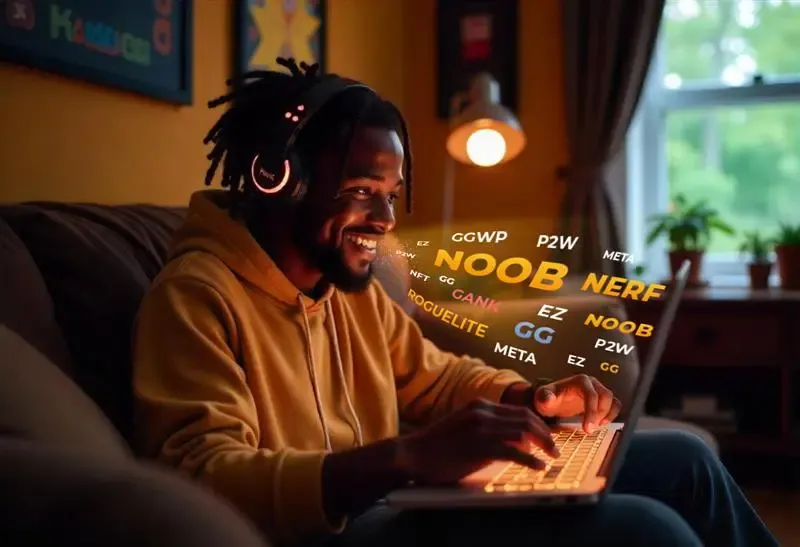Randomwalk Blogs
All Of Our Thoughts, InOne Place
Randomwalk Blogs
All Of Our Thoughts, In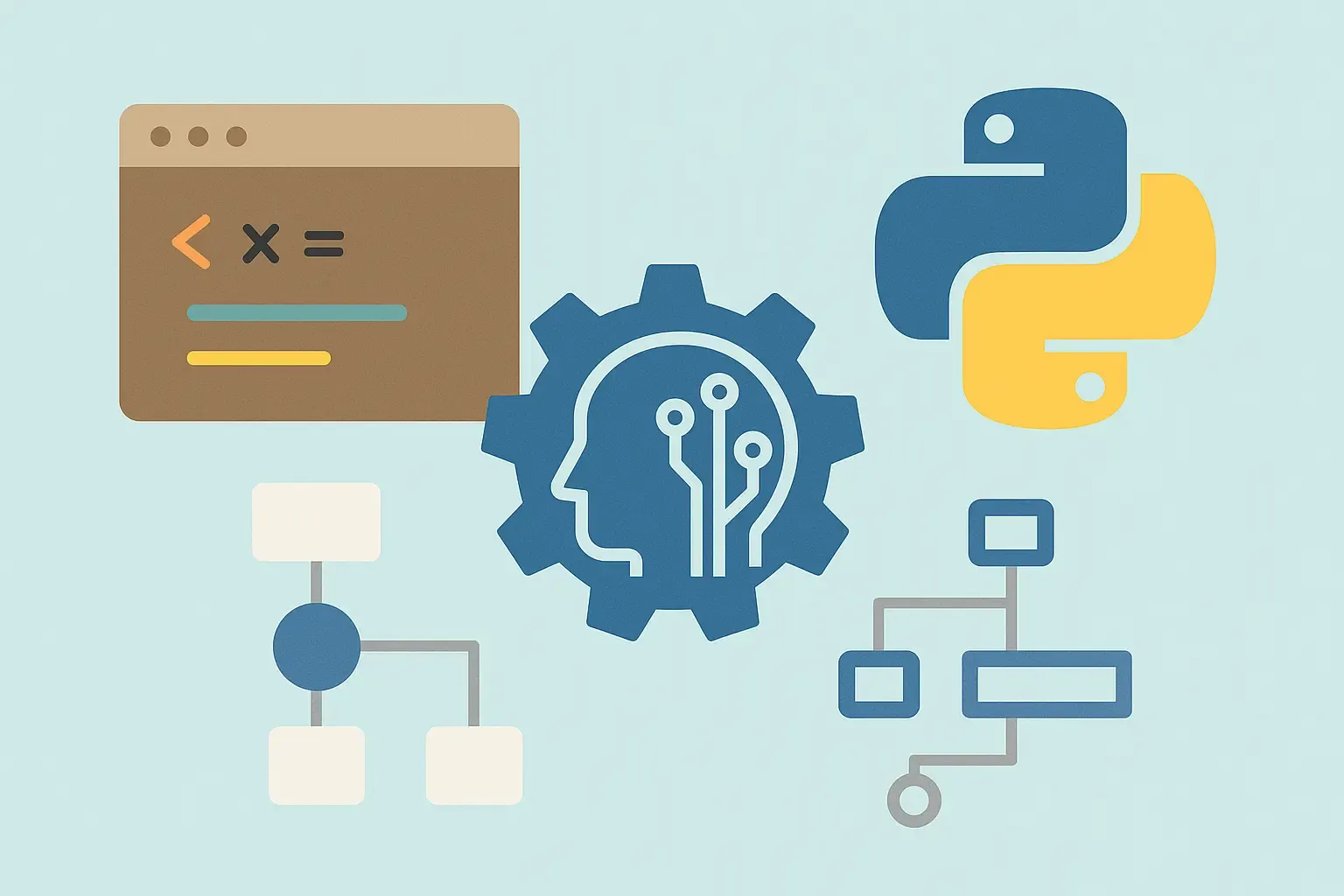
The Model Context Protocol (MCP) is an open, vendor-neutral standard for connecting AI models to external data and tools. In effect, MCP acts like a web API built for LLMs. Developers can define Resources (data endpoints) and Tools (callable functions) that the AI can access during a conversation. For example, an MCP server might expose a database as a resource or a function to query that database as a tool.

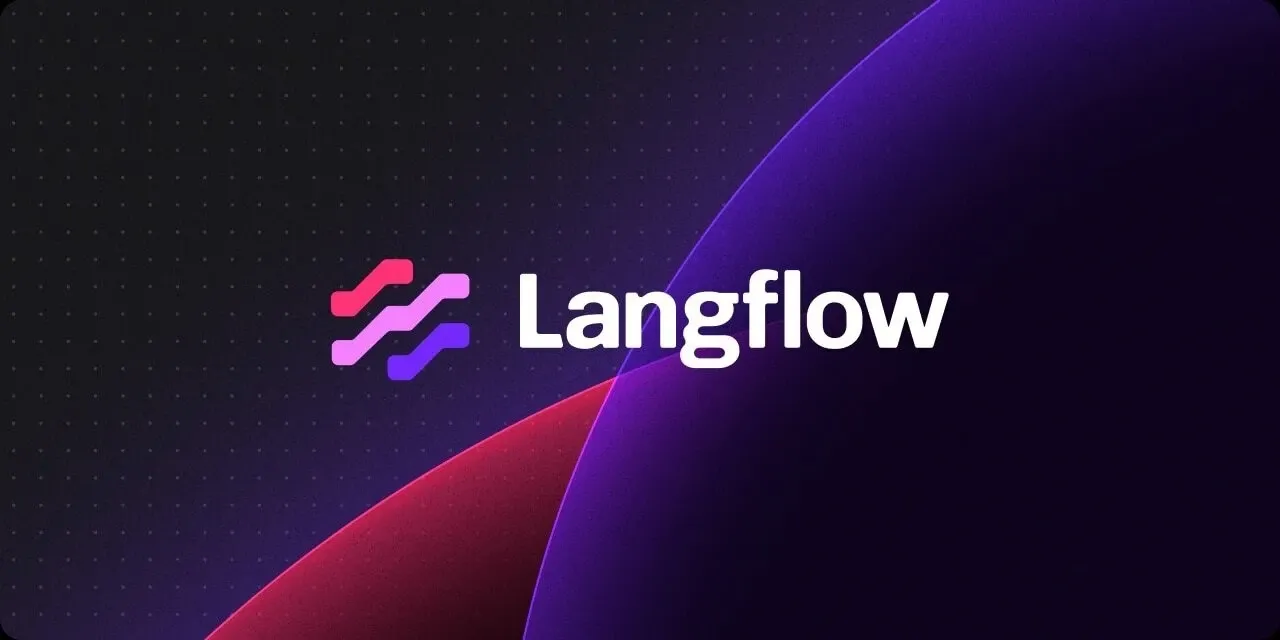
In the ever - evolving landscape of AI development, Langflow emerges as a game changer. It is an open source, Python powered framework designed to simplify the creation of multi agent and retrieval augmented generation (RAG) applications.






The roar of the audience, the crack of the bat, the sea of yellow jerseys - the Indian Premier League (IPL) is an amazing spectacle. However, behind the scenes of the on-field drama, another type of high-stakes game was taking place at Chennai's Chepauk stadium during the 2025 season.

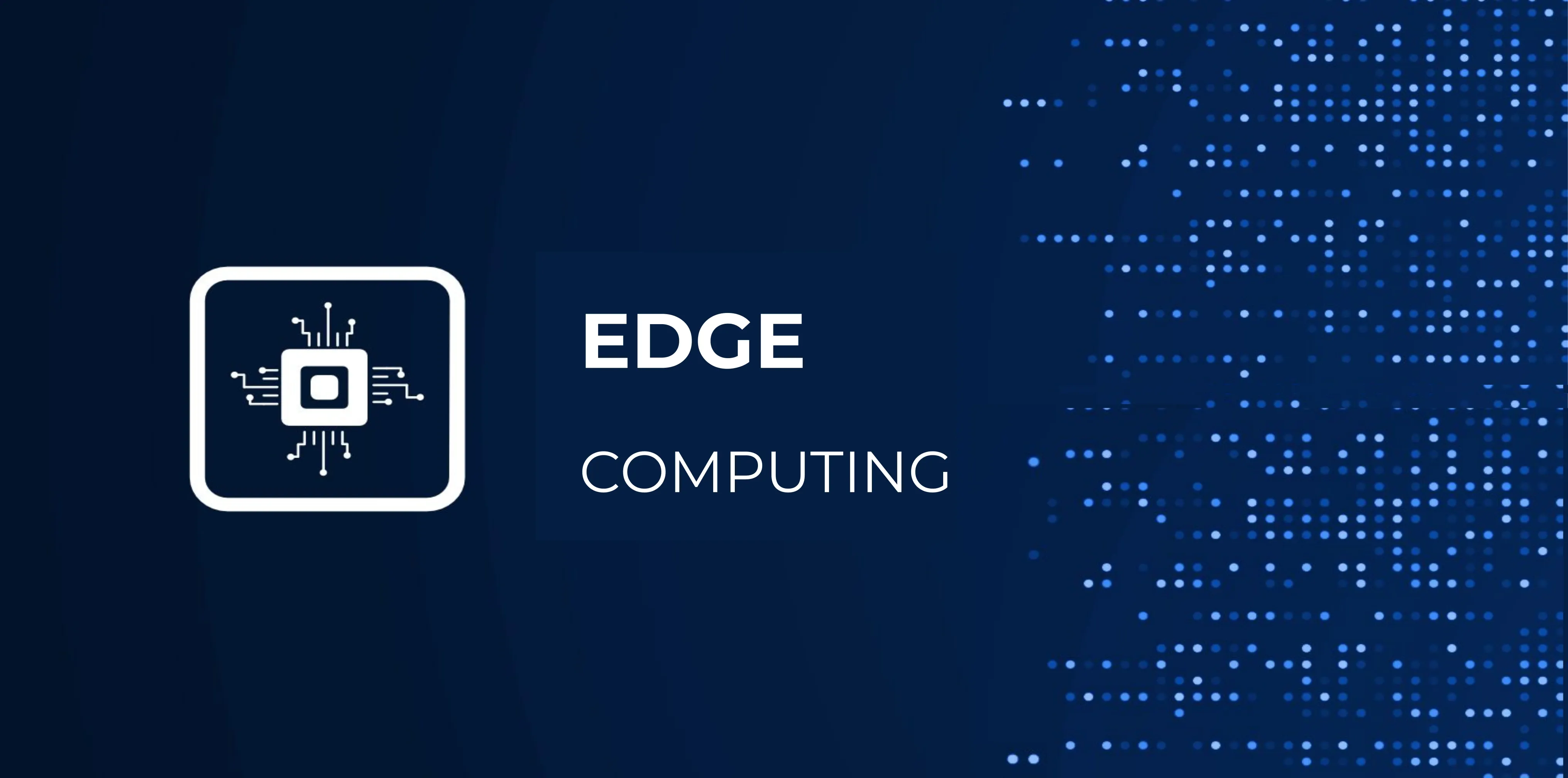

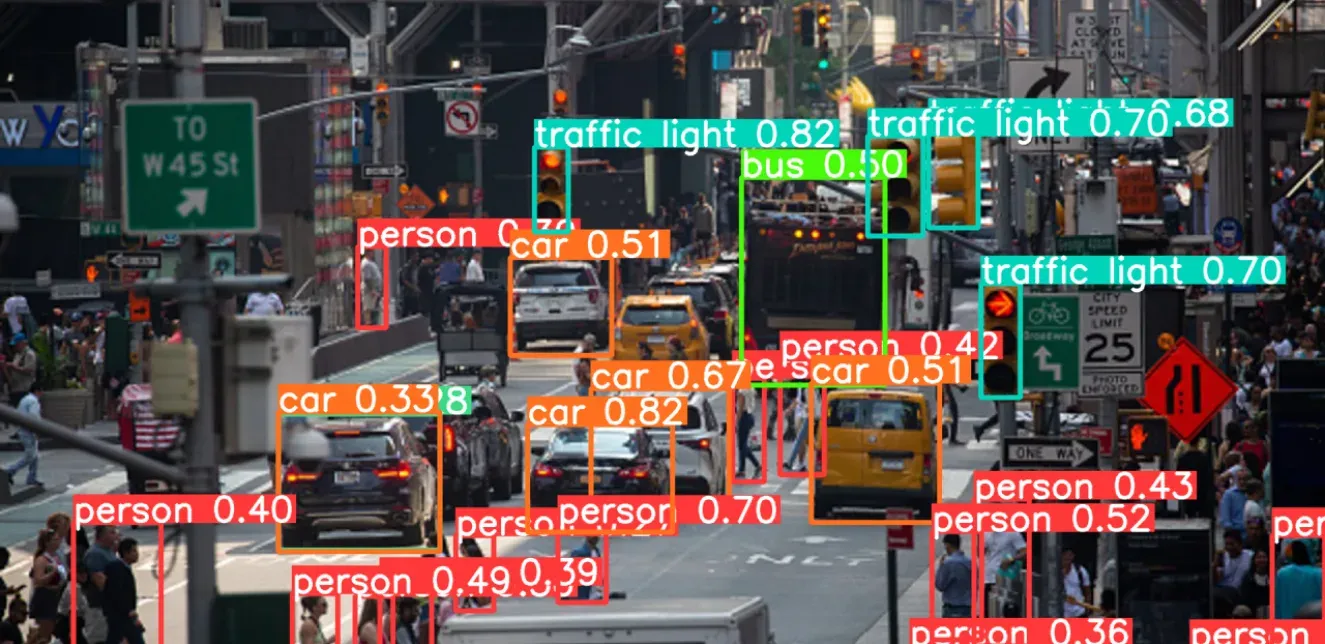
It might evade the general user’s eye, but Object Detection is one of the most used technologies in the recent AI surge, powering everything from autonomous vehicles to retail analytics. And as a result, it is also a field undergoing extensive research and development. The YOLO family of models have been at the forefront of this since J. Redmon et al. published the research paper “You Only Look Once: Unified, Real-Time Object Detection” in 2015, which introduced object detection as a regression problem rather than a classification problem (an approach that governed most prior work), making object detection faster than ever. YOLO v8 and YOLO NAS are two widely used variations of the YOLO, while YOLO11 is the latest iteration in the Ultralytics YOLO series, gaining popularity.

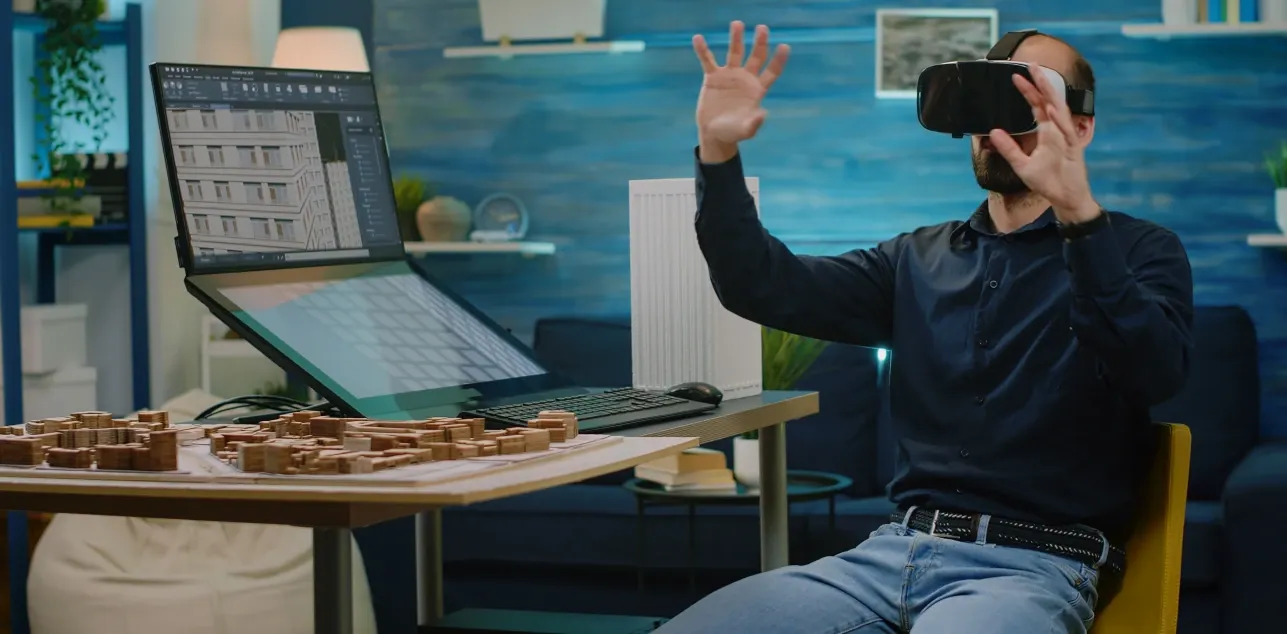




AI. It’s not just a buzzword anymore; it's a business imperative. Every company is scrambling to harness its potential, promising transformative changes, from customer interactions to supply chain efficiencies. And while the hype is real, so is the reality: most AI projects are failing to deliver. Yes, you heard that right. We're not talking small stumbles here; we're talking about a silent epidemic of stalled projects, wasted investments, and frustrated teams. Are you ready to face the truth?


The future of work isn't just knocking—it's remodeling everything. As AI transforms industries worldwide, the real edge won’t come from having the most advanced technology, but from preparing the workforce to thrive alongside it. The pivotal question now is not if AI will redefine your industry, but how prepared you are to seize the opportunities it brings. Will your team be equipped to lead or left scrambling to catch up? Recent data from McKinsey Global Institute paints an intriguing picture: AI could contribute to the creation of 20-50 million new jobs globally by 2030. But here's the catch - these aren't just new jobs; they're entirely new ways of working. The organizations leading this transformation aren't just implementing AI; they're reimagining how their entire workforce operates alongside it.




The United Arab Emirates (UAE) is not only keeping pace with the AI revolution—it's leading the way. With forward-looking policies such as the **UAE Strategy for Artificial Intelligence 2031**, the nation has established itself as a global testbed for AI innovation**.


As a developer, choosing the right frontend framework can significantly impact the performance, maintainability, and scalability of your web applications. This article provides an in-depth comparison of three popular frameworks: React, Svelte, and Solid.js, from a developer's perspective .



